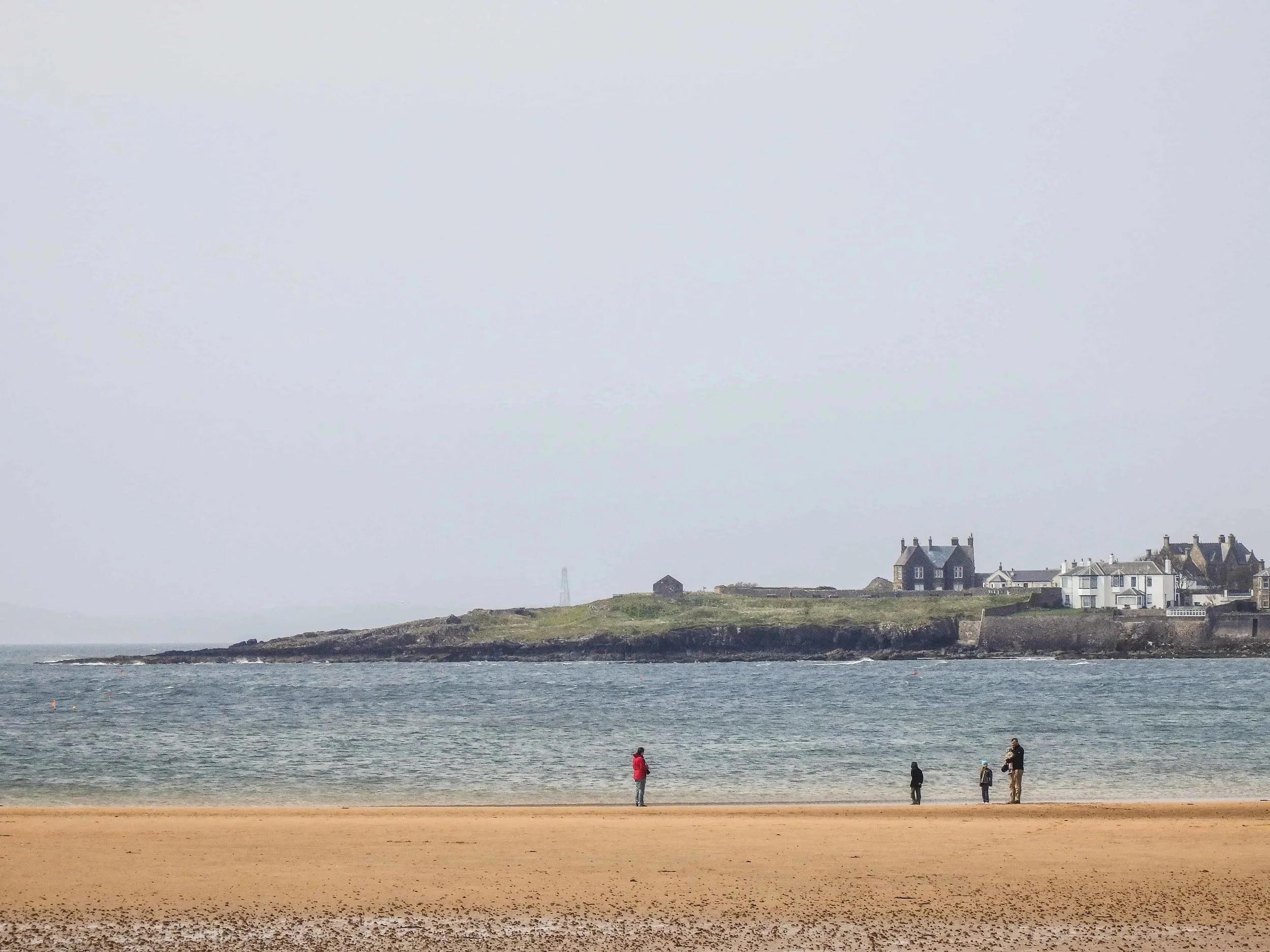The Grounds - Lesson 2: James Braid
In our exploration of golf course architects who left a lasting mark on the sport, James Braid stands as the second oldest figure in this series, "The Grounds."
The Grounds investigates history, unraveling the profound impact not just of golf course architects, but those who combined their architectural portfolio with formidable playing careers. Join us as we navigate through the life and legacy of James Braid, understanding how his journey shaped the very courses he later crafted.
Born in Earlsferry, Fife, Scotland, James Braid entered the world in 1870, a mere stone's throw away from the golfing epicenter associated with Old Tom Morris - St. Andrews. The rich golfing heritage of this region fueled Braid's early interest and proficiency in the game. As Old Tom aged, James Braid was on the brink of his journey, setting the stage for a career that would intertwine seamlessly with the sport's evolution.
James found golf at Elie in his early years, winning his first event there at the age of eight. He also saw St. Andrews briefly before landing at Braid Hills - an inland course in Edinburgh laid out by Bob Ferguson and Peter McEwan in 1893.
Braid Hills was a much different test than Elie - spotted with gorse and larger humps to obscure pins as opposed to exposed land on the coast. As a quick stopping point, Braid Hills does have some relevance when discussing how courses in this era were developed.
Peter McEwan
Benjamin Blyth, named “Hall”, was an engineer and consulted mainly on the railway systems throughout Great Britain. Hall was the glue - my replacement for “chairman” or “spokesman”, as someone who recognized the demand for golf in Edinburgh and had the logistical bandwidth to hire the right people to do the job. It was Hall Blyth who eventually brought Peter McEwan - the right hand man to Old Tom Morris - to the table (above).
The Open: From Left to Right: Harry Vardon, Ted Ray, James Braid, John H Taylor
Seven years after the creation of Braid Hills while working as a club professional (for $100£ per year), James won his first Open. It would be his first of five, and he would become the first to be crowned “Champion Golfer of the Year” on that many occasions. The Open Championship played a pivotal role in Braid's trajectory, influencing his decision to pursue golf course design rather than his previous direction in clubmaking. That change, along with the victories, made him famous.
The transition from the height of popularity to receiving the chance to design new courses was, I’m sure, inevitable. Impressively, James had his first *craic at design before his first Open victory in 1901. The year was 1898 when he created his first original holes at Theydon Bois Golf Club, just north of London.
With over 400 courses (200 original) in his portfolio by the time he passed, Braid picked up the baton from Old Tom Morris and continued running until he could no longer. Now, this was not design / build work, it was fundamentally design. His partner, J.R. Stutt carried out the bulk of his design input. Strutt was very clear that Braid not only set him up for success in the field, but repeatedly amazed him at how detailed and efficient his planning was.
Braid was, in many ways, one of golf’s first ‘gentlemen’ - he was a man of few words by many accounts, yet drew a fantastic crowd. His designs allowed the people of his time to play more golf, which was scorching hot throughout his entire lifespan. Still, many still exist today - even his first nine holes (now 18) at Theydon Bois Golf Club.
His game certainly influenced his design, as he was known to hit **dingers and take massive risks. Because of this, his greens are heavily protected leaving players multiple routes to provide an advantage for their seconds and thirds. Equally, he believed in testing every other part of the game (except the putter, which he struggled with). Braid’s greens are almost always flush with surrounding turf not only to promote a flat surface, but to allow for a run-up shot into the green. Instead, hazards and trees are used to provide the necessary texture to give shots meaning. Very little land was manipulated in his designs - as was true for most of this time.
Royal County Down, Royal Troon, and Carnoustie were strengthened by Braid (above, in order).
We also have seaside links, like Brora, Dunbar, & Goswick (above, in order).
Let’s not forget the inland courses like Dunstable Downs, Fairhaven, and Ipswich (above, in order).
And the list goes on and on. As does our series. Braid’s work not only reinforced Old Tom Morris's changes but also introduced new perspectives, contributing in a serious way to the evolution of golf.
Click to read Lesson 1 - The Grounds: Old Tom Morris
Sources:
https://www.top100golfcourses.com/architect/james-braid
https://www.jamesbraidhighland.golf/

















